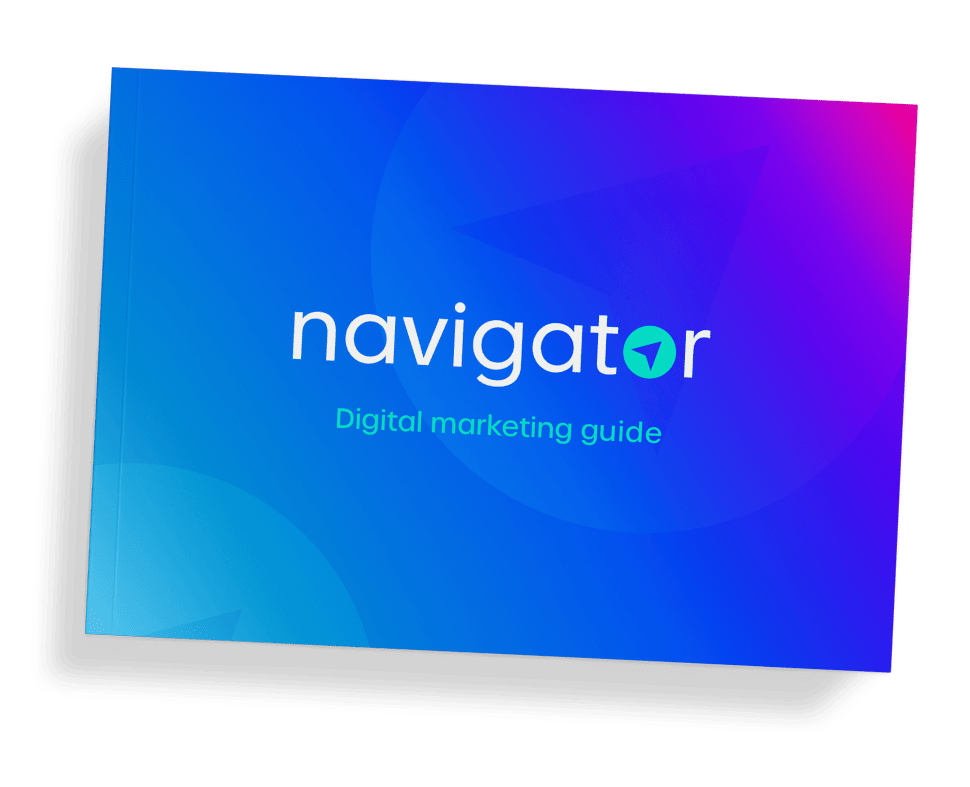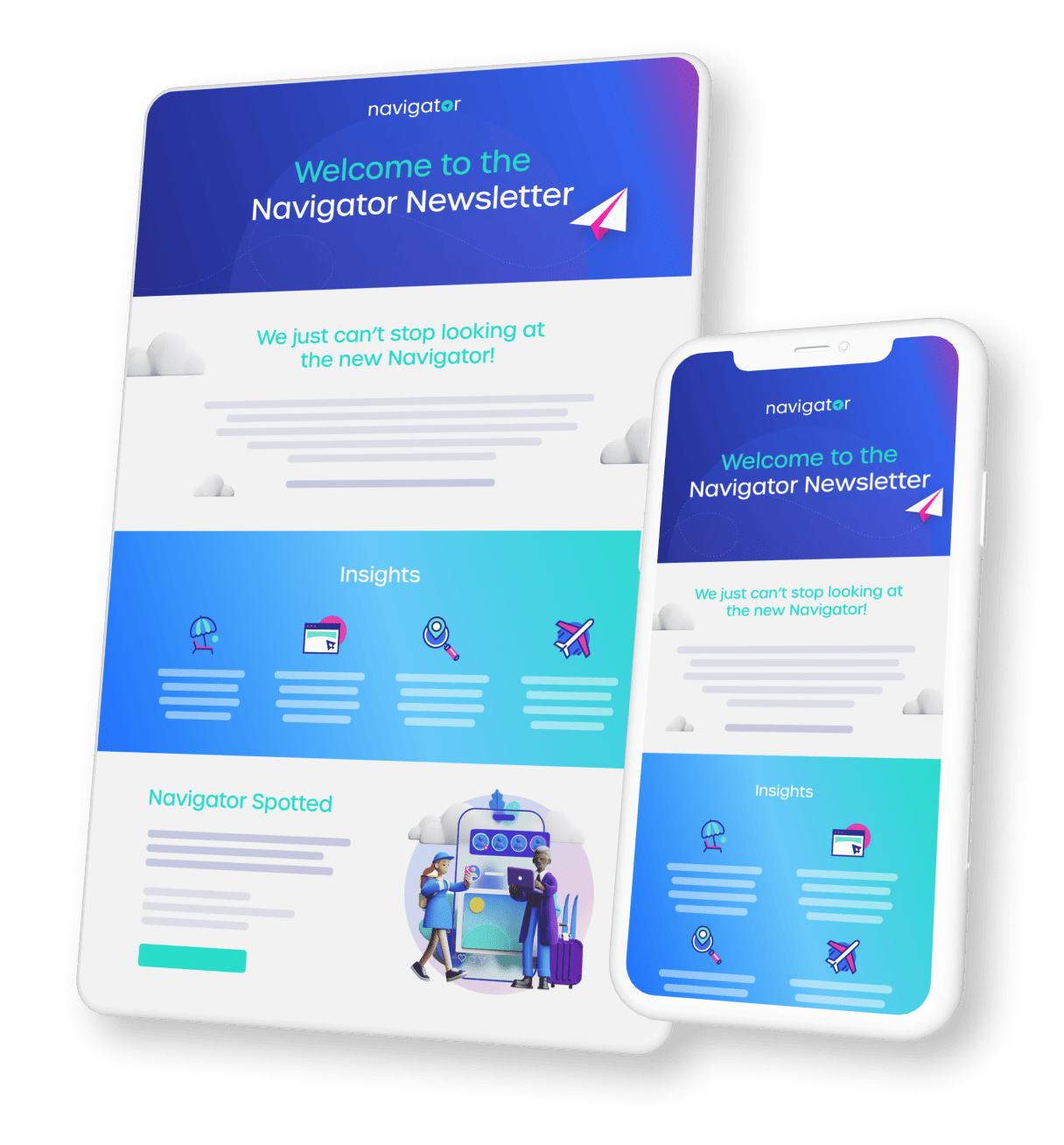Whether we like it or not, Generative AI is here, and it is here to stay.
On 30th November 2022 ChatGBT was released and henceforth, to the general public at least, AI was born.
Now, in reality, AI has been around since the 1950s when a program was developed to independently learn and play the game Checkers in order to see if machine could beat a human. Over the following 70+ year period, the development of AI can be perceived to be relatively slow when compared to other computing advancements. What is not slow, however, is how quickly AI burst onto the scene a little over a year ago and quickly became the next bit of technology that is going to significantly change our lives.
AI in Digital Marketing
I don’t know about you, but every time I go onto social media I am inundated with so called ‘experts’ telling me that I should be using this AI app or that AI app. I also cannot read a bit of marketing news without it mentioning AI, recommending the next big advancement or no brainer suggestion on how I should be using it.
It can be overwhelming, and a lot of marketeers, in our experience, still have a general mistrust in handing everything over to a computer.
Due to the large amount of questions we are being asked by our clients on how they can best use AI and which are the best apps to use, we thought it would be useful to get specific and discuss the 3 main areas in which AI can positively impact your digital marketing in travel right now.
How AI Can Make a Positive Impact
-
Data
Data is only useful if it is actionable.
Digital marketing produces a lot of data, from a lot of sources and in a lot of formats.
I have seen first-hand how it can be a struggle for marketeers to process the amount of data which is being produced from all of their digital marketing campaigns and turn the data into actionable insights to enable them to make better and more informed decisions on where to best spend their marketing dollars.
This struggle is only natural. Faced with all of this data, the human brain can only consciously process up to 40 to 50 bits of information/data every second. Whereas an average computer with an average processor can process up to 1 billion every second.
Whether we like it or not, we are not going to be able to compete with this!
As good as the equations and automations are in Microsoft Excel, we are also quite slow at sorting data and making sense of it. Which is where Generative AI can make a huge difference in digital marketing today.
We recommend you automate the pulling of all the data outputs you are getting and pipelining this data into one place (a data warehouse). Once the data is consolidated it will need to be sorted and correctly labelled so that when you plug in a data analysis Generative AI app it will be able to read the data and you can start asking it to create actionable insights.
This may sound like a complicated task, but it can be done relatively easily by a data scientist who knows what they are doing. Should you need to hire in this expertise to your business then there are many good freelancers available to you globally who can do this for you.
When done well, the result is that you will spend less money on trying to reach your potential buying audience and the performance of your digital marketing campaigns will increase when you do reach them.
If you are just starting out on this journey then it may be wise to use the most established and trusted AI data analysis apps such as ChatGBT, Tableau, and Microsoft Power BI.
Please do not load any sensitive data into any open-source AI app as this will become immediately available to the public. We recommend caution and that you do your homework when choosing your supplier.
-
Creative
Alongside audiences, ad creative is 50% of the equation when it comes to determining the success of your digital marketing campaigns.
It is that important – but often neglected.
Producing good and effective ad creative is hard.
You have under 3 seconds to grab the attention of your customer before they scroll past you (quality).
And in order to give your brand the best chance of being seen for these 3 seconds (and hopefully longer) you will need to produce a large amount of creatives for multiple platforms and in multiple formats (quantity).
Not only is quality important but you will have to produce great creative in quantity as well.
As a business we are running thousands of ad creatives per day in almost every market in the world. We are finding that a large number of our clients are struggling to produce the required quantity of creative assets in order to give their campaigns the best chance to succeed.
The quality of these creatives is also a challenge. It is often subjective and the opinion of a marketeer which determines the make-up of the ad copy which in our experience can lead to hit or miss creatives being produced.
We see this as a big issue. Only the other day a global brand in the health and beauty sector handed over their creative assets to us and said ‘I know these will struggle to perform but we have been told by the brand team that we have to use them’.
This doesn’t have to be a struggle anymore.
Generative AI can be used today to not only create assets for you, but it is also able to learn why certain creatives perform better than others and iterate more versions of the ads towards the top performing learnings – and it can do this at almost unlimited scale.
Machine learning can also be used to predict and prevent ad fatigue.
Please note that in order to best do all of this you will need to provide the Generative AI tool with a history of ad creatives as well as the performance data connected to these ads. The more ads you provide over the longest period, the better the output you will get.
There are many AI aps out there that you can use to create the ads for you with Adobe being one of the biggest and most advanced.
When it comes to iterations, ad tagging, ad fatigue and benchmarking we use one of our sister agencies (Smart Assets SmartAssets – Better Ad Creatives with AI) who have built a platform which can do all of this in one place.
-
Ad Optimisation
So, you are running great ad copy, at scale, across multiple platforms, and you are now getting actionable insights into the performance of these campaigns.
The question now becomes: how do you best activate and run your ad campaigns against this copy and insights?
You would be forgiven for thinking this is why programmatic advertising was invented. Programmatic advertising is the use of automated technology for media buying, replacing the more tradition and manual method.
However, in our experience, programmatic media buys still require a lot of human attention and intervention in order to get the best performance out of the campaigns. We also see limitations on where you can advertise to your potential buying audience.
An example of this these limitations is The Trade Desk, which is one of the world’s biggest programmatic ad exchanges, and does not allow for Meta campaigns (as Meta is effectively a walled garden).
Again, this is where Generative AI can come into its own. Machine learning is able to learn and understand what is working for you and why and automate the whole ad optimisation process.
It can run its own split tests, understand exactly what worked and what didn’t, optimise for creative and audience segmentation and essentially best use your marketing dollars to put the right ad in front of the right person at the right time – with little to no input from you.
It can also be agnostic to where you run your campaigns, happily operating in many DSPs, including social.
All you have to do is to help it understand the goals you are looking to achieve from each of your campaigns, feed it the right ad copy and any of your insights from your data and it will do the rest for you.
Ad Optimisation AI is still relatively in its infancy when compared to other AI uses and we are wary of the platforms/exchanges (such as Google) building their own tools/apps. The reason for this is that they have been designed and built for you to spend more of your marketing budgets on their platforms rather than having the choice and freedom to spend it on the platforms where your potential buying audience spends the most amount of their time and you have the ability to best capture their attention.
There are a few AI marketing copilot apps out there and we have partnered with Cactivate to automate some of our ad optimisation Cactivate – Your AI Ad Agency Replacement.
AI is Here to Stay
We understand the world of AI is often overwhelming, confusing and ever changing. What is new and relevant today can be old and outdated tomorrow.
What is apparent is that AI is going to play a huge part in our lives moving forwards.
We encourage you to dip your toe in and try it out if you are not already. There are many people and businesses out there who can help you navigate this seemingly complex landscape, guiding you through the process in order to achieve the best outcome for your brand and for your marketing campaigns.







 Written by: Steve Rowbotham
Written by: Steve Rowbotham


